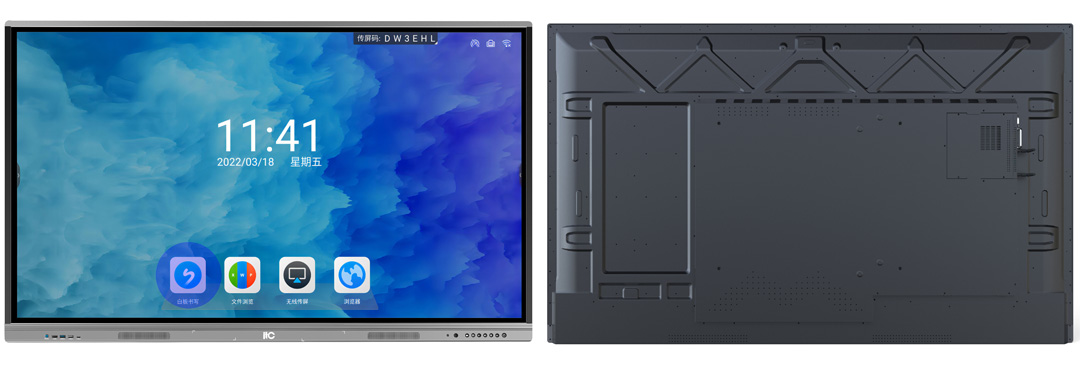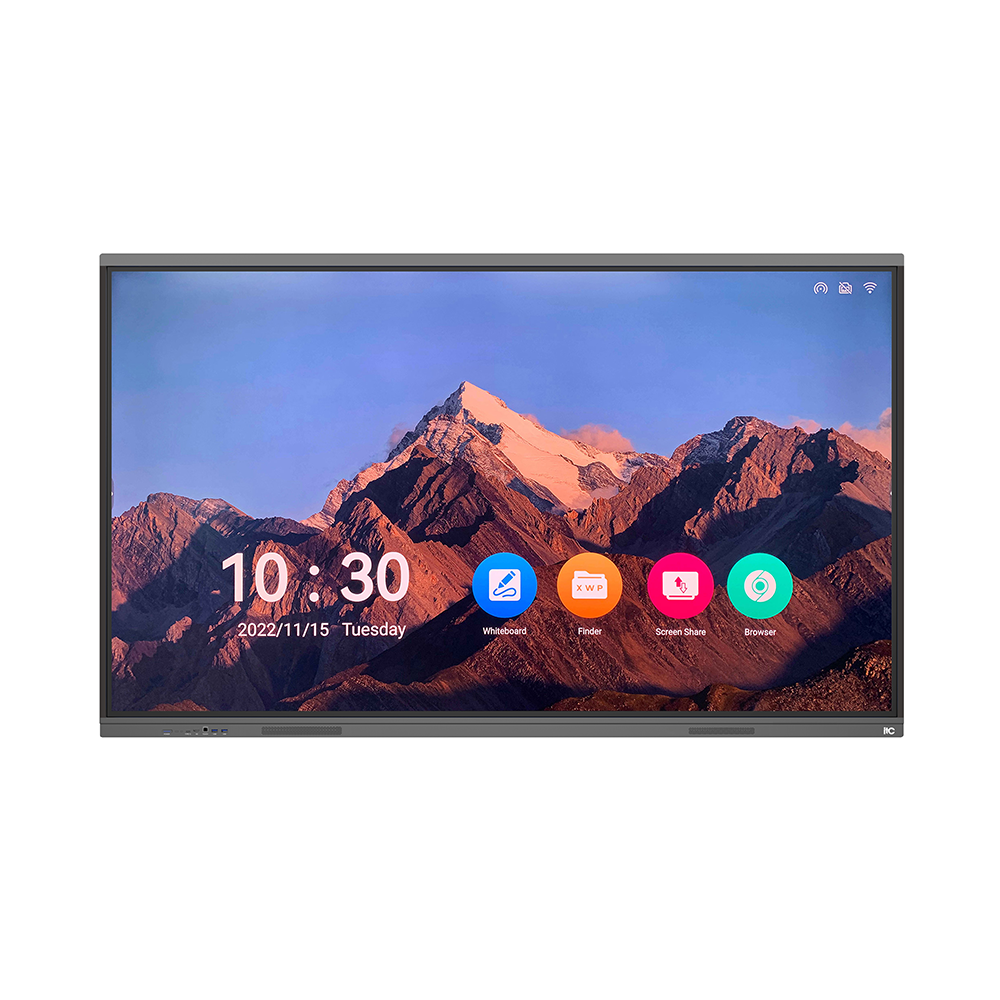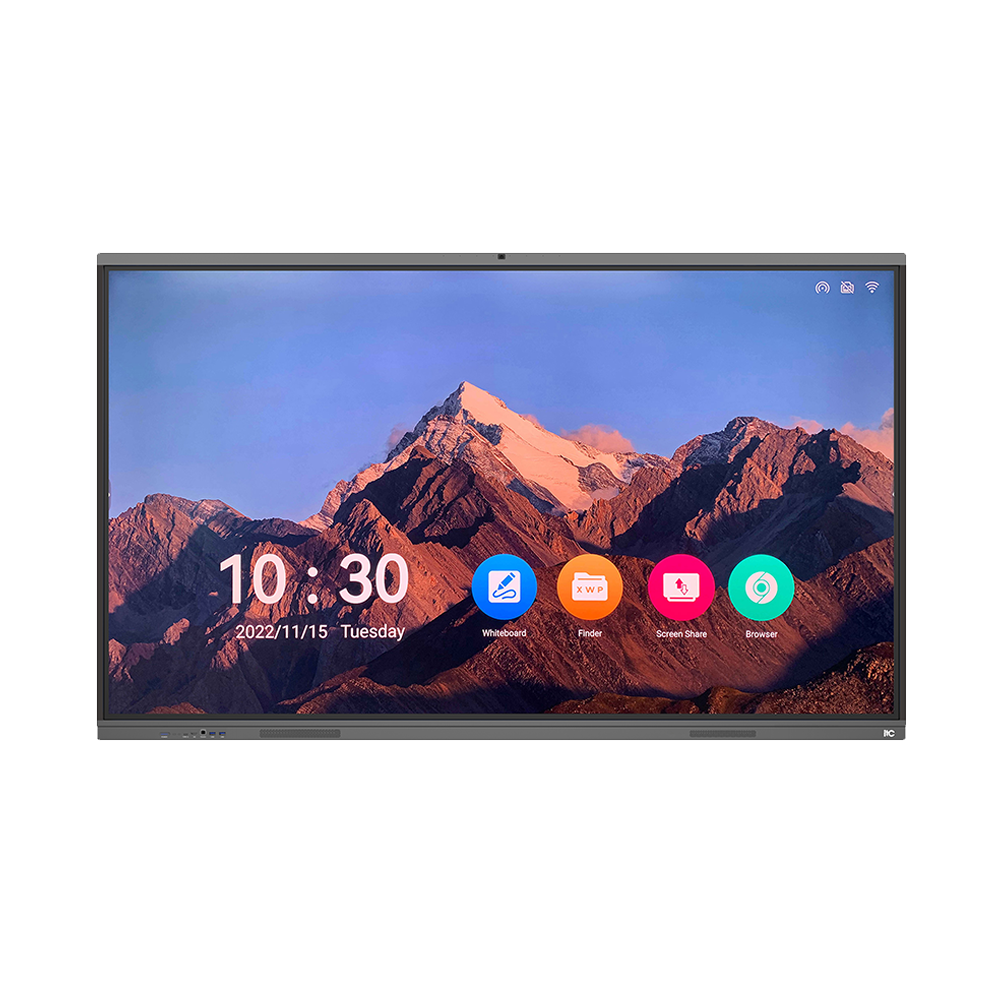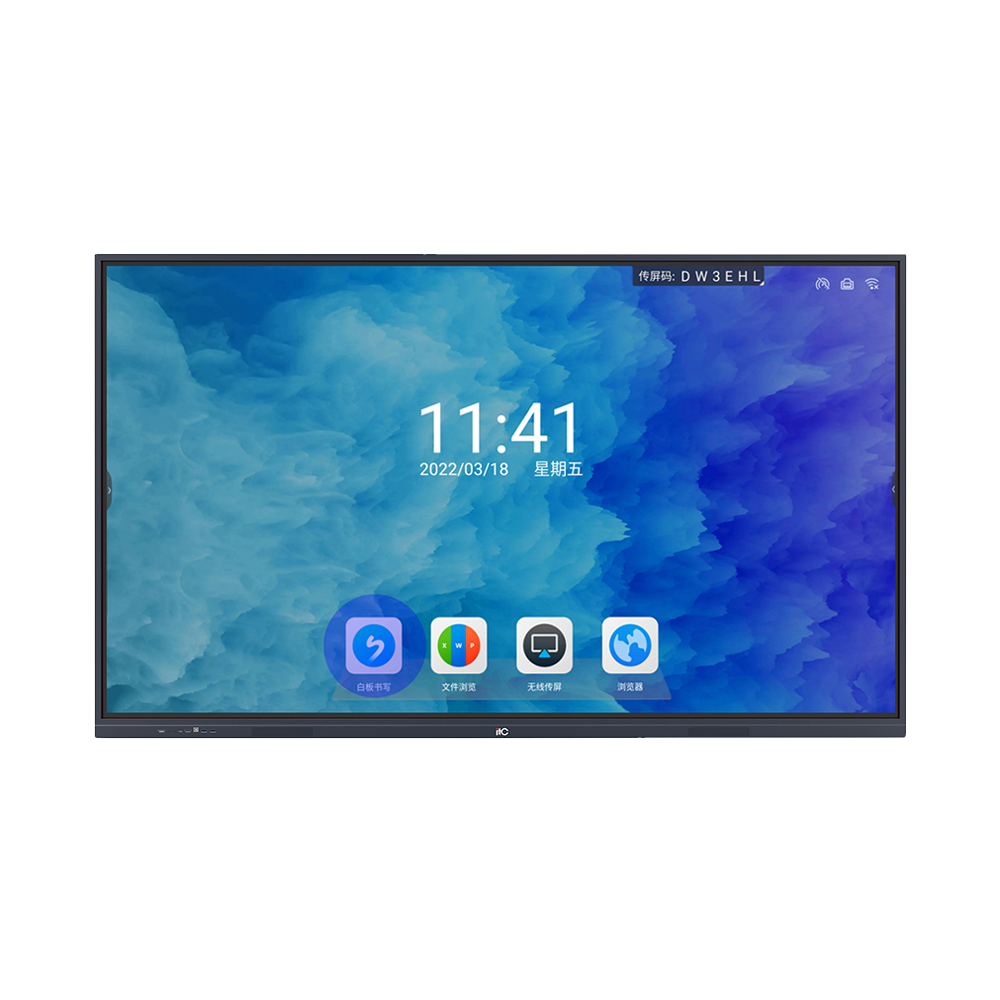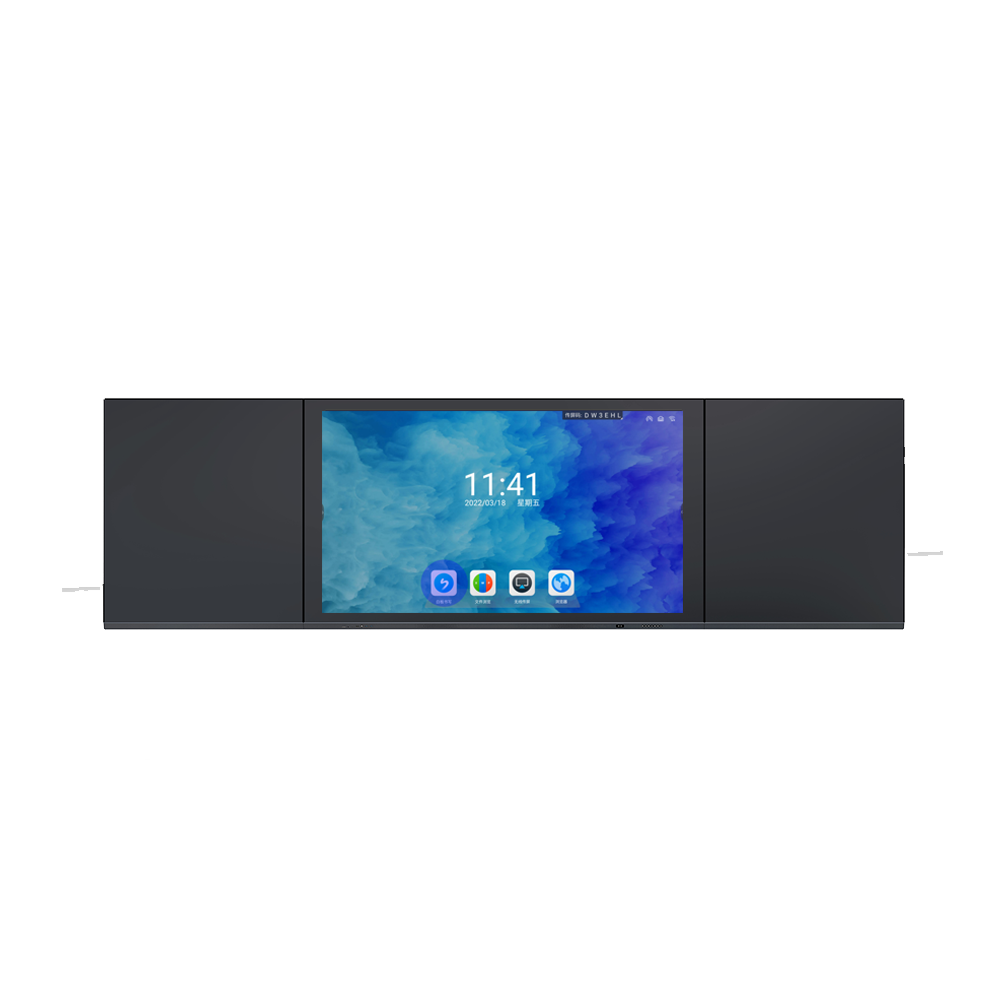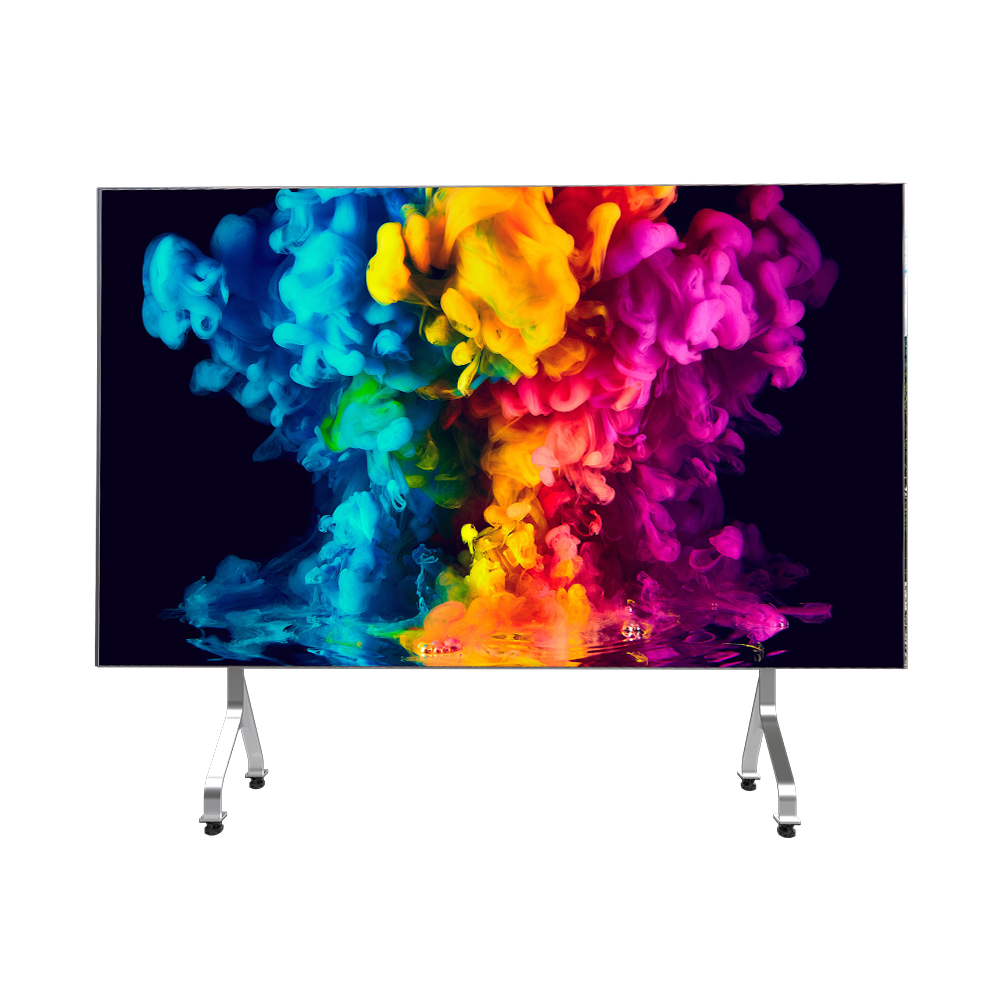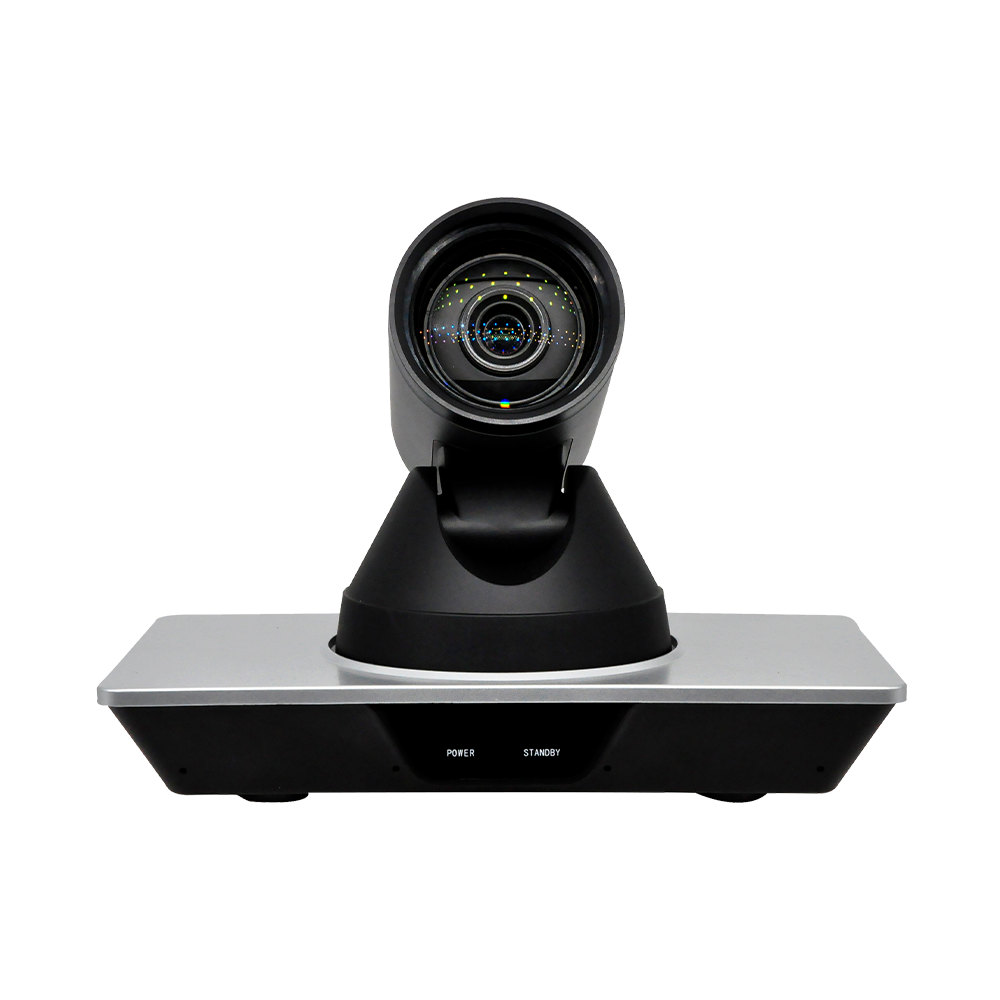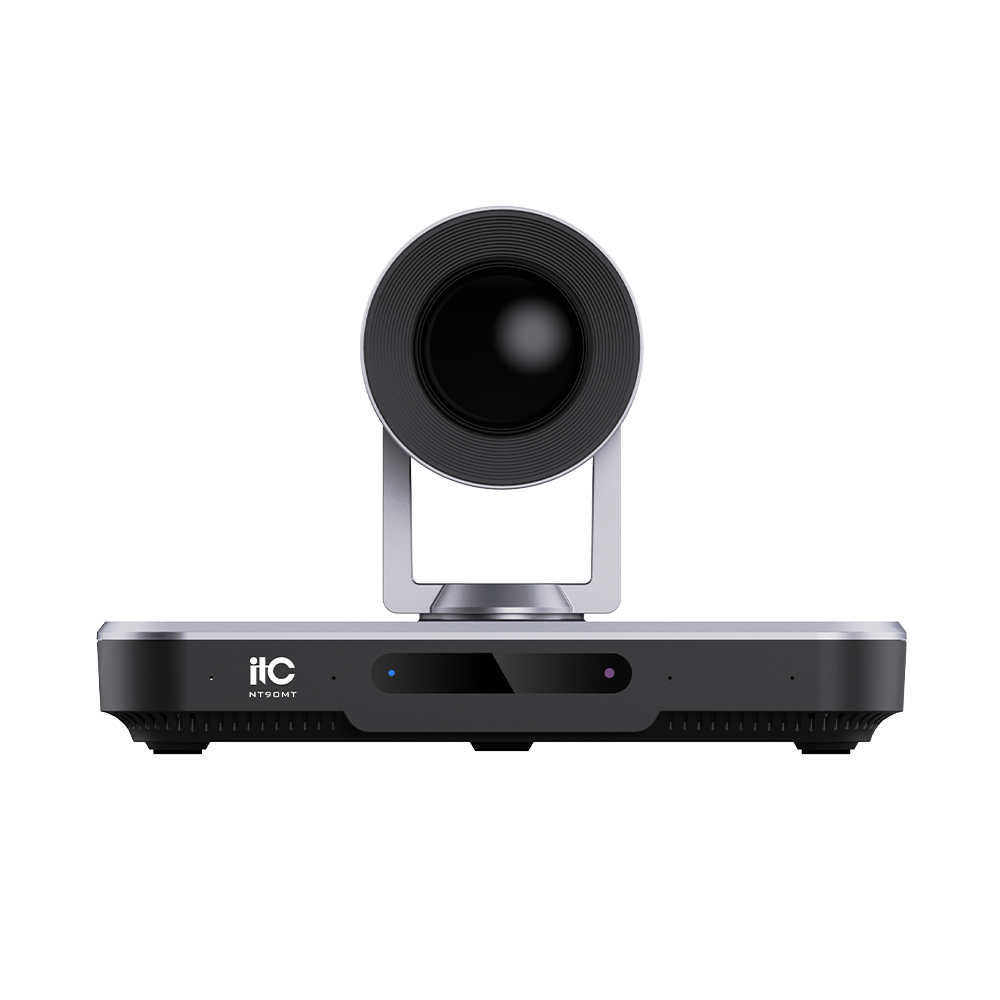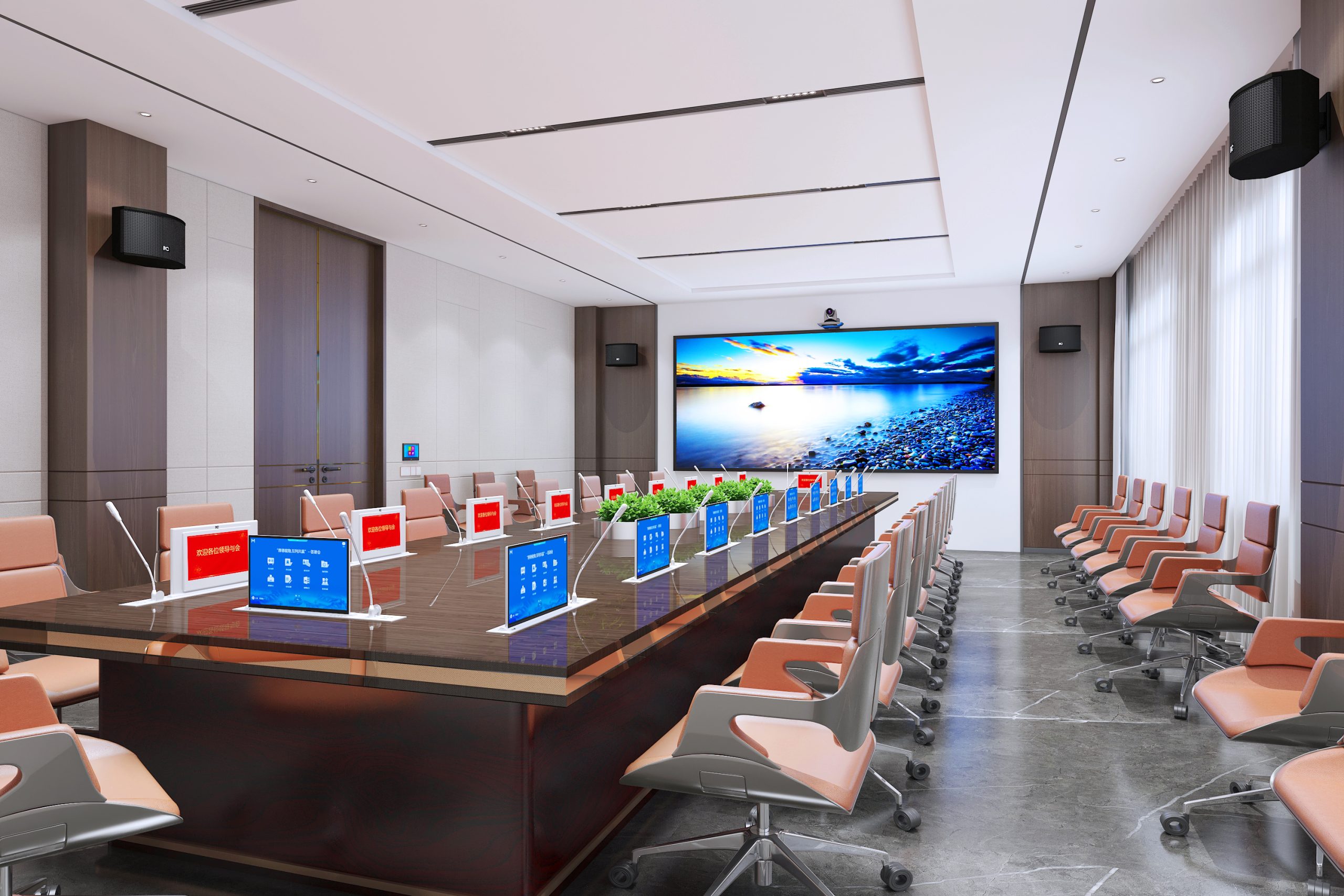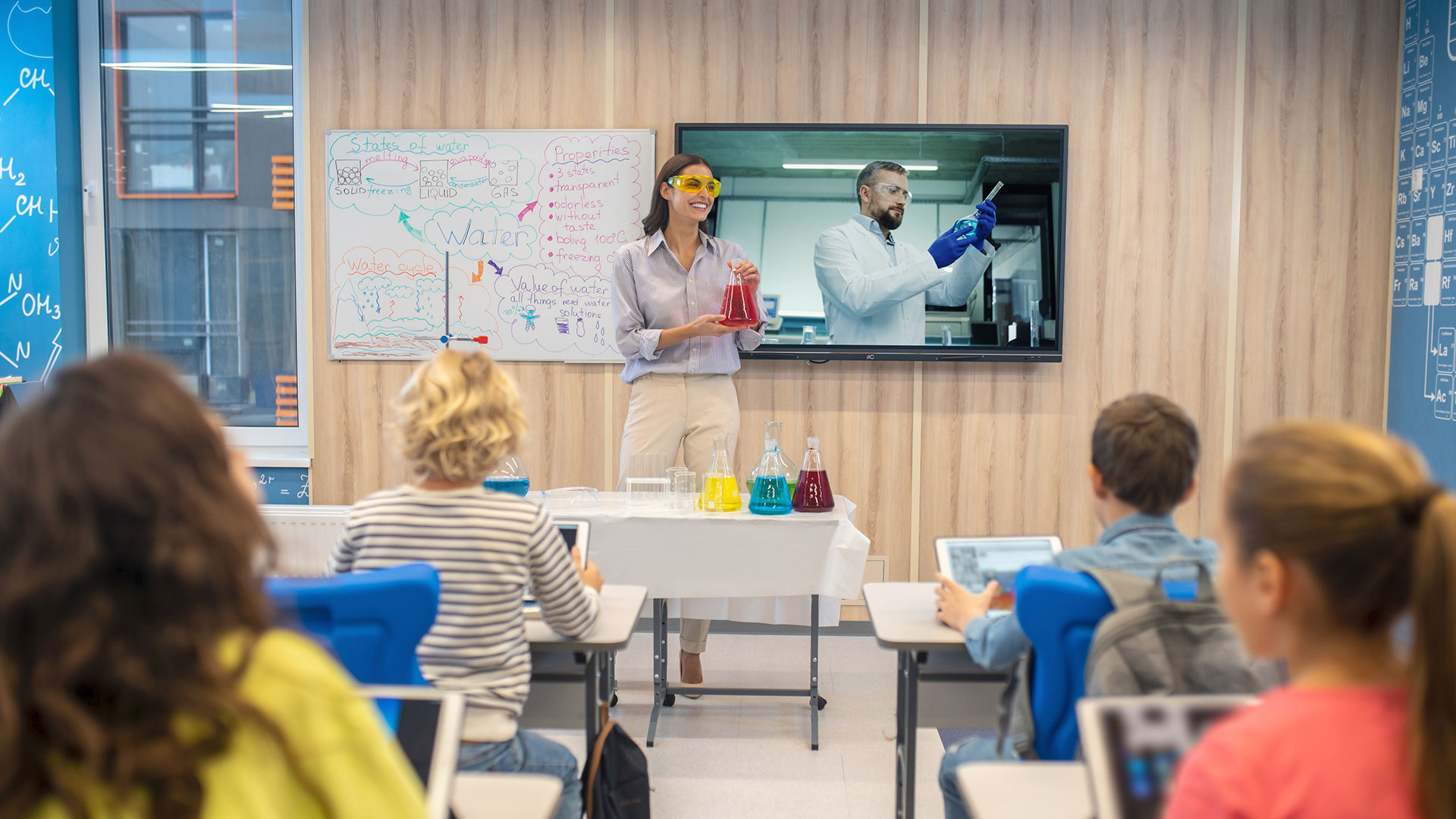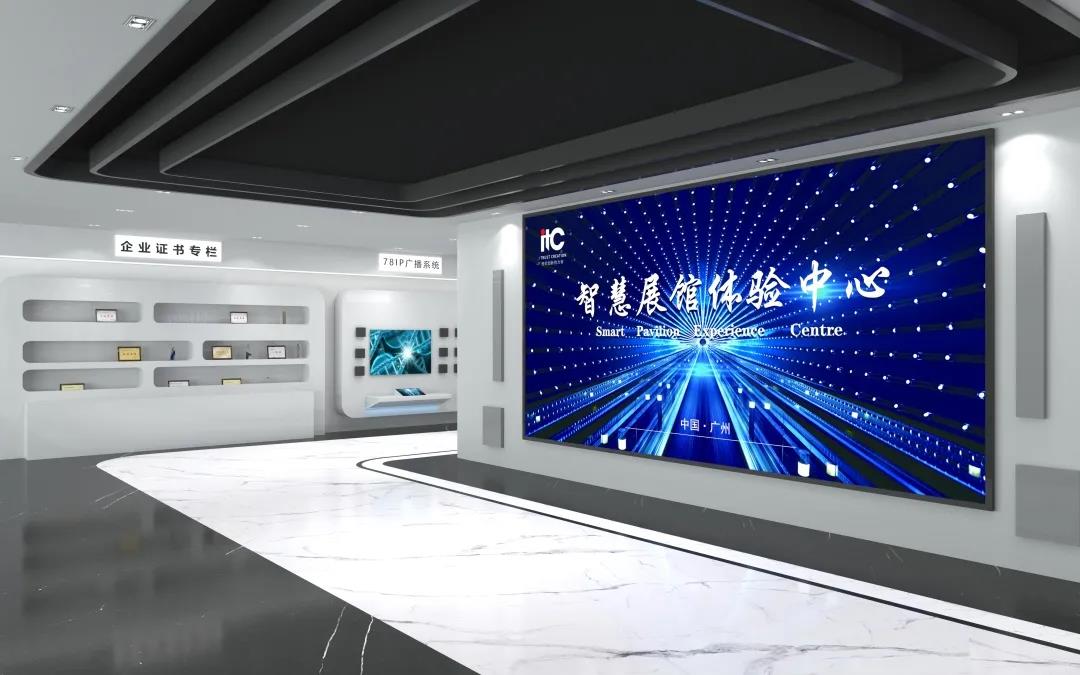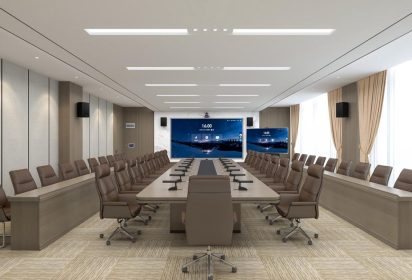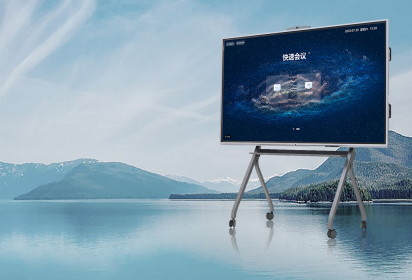
Transforming Education: How Interactive Flat Panels and Smart Classroom Technology are Redefining Learning
The education landscape is undergoing a profound transformation, driven by the rapid integration of smart classroom technology. At the forefront of this revolution are interactive touch screen TVs for schools and advanced smart boards for classrooms, fundamentally reshaping how students learn and teachers instruct. This shift from traditional teaching methods to dynamic, technology-rich environments is not just an upgrade; it's a strategic move towards more engaging, collaborative, and effective learning experiences.
The Evolution of the Classroom Board
For decades, the blackboard and whiteboard were the undisputed centerpieces of any classroom. While effective for their time, they offered limited interactivity. Today, the modern board for teaching has evolved into sophisticated interactive flat panels (IFPs) and smart boards that serve as multi-functional hubs for learning. These devices combine the simplicity of a traditional board with the power of a computer, offering touch-enabled displays that allow for direct interaction with digital content.

Key Benefits of Smart Classroom Technology in Education
The adoption of IFPs and other smart classroom tools brings a multitude of benefits:
- Enhanced Engagement and Interaction: Unlike static presentations, interactive displays enable real-time collaboration. Students can approach the board to solve problems, manipulate digital objects, or participate in interactive quizzes, making lessons more dynamic and memorable. This hands-on approach caters to different learning styles and keeps students actively involved.
- Access to Rich Multimedia Content: Teachers can seamlessly integrate videos, animations, educational apps, and online resources directly into their lessons. This diverse content can make complex topics easier to understand and more appealing, bringing subjects to life in ways that traditional methods cannot.
- Facilitating Collaborative Learning: Many interactive boards support multi-touch capabilities, allowing several students or a group of students and the teacher to work on the board simultaneously. This fosters teamwork and communication skills, preparing students for collaborative environments in their future careers.
- Streamlined Lesson Delivery: Teachers can save and share lessons, annotations, and student work with ease, eliminating the need to erase important information. This efficiency saves valuable class time and allows for continuity across different lessons or even different classes.
- Personalized Learning Opportunities: Interactive technology can support differentiated instruction by allowing teachers to tailor content and activities to individual student needs and paces, providing immediate feedback and targeted support.
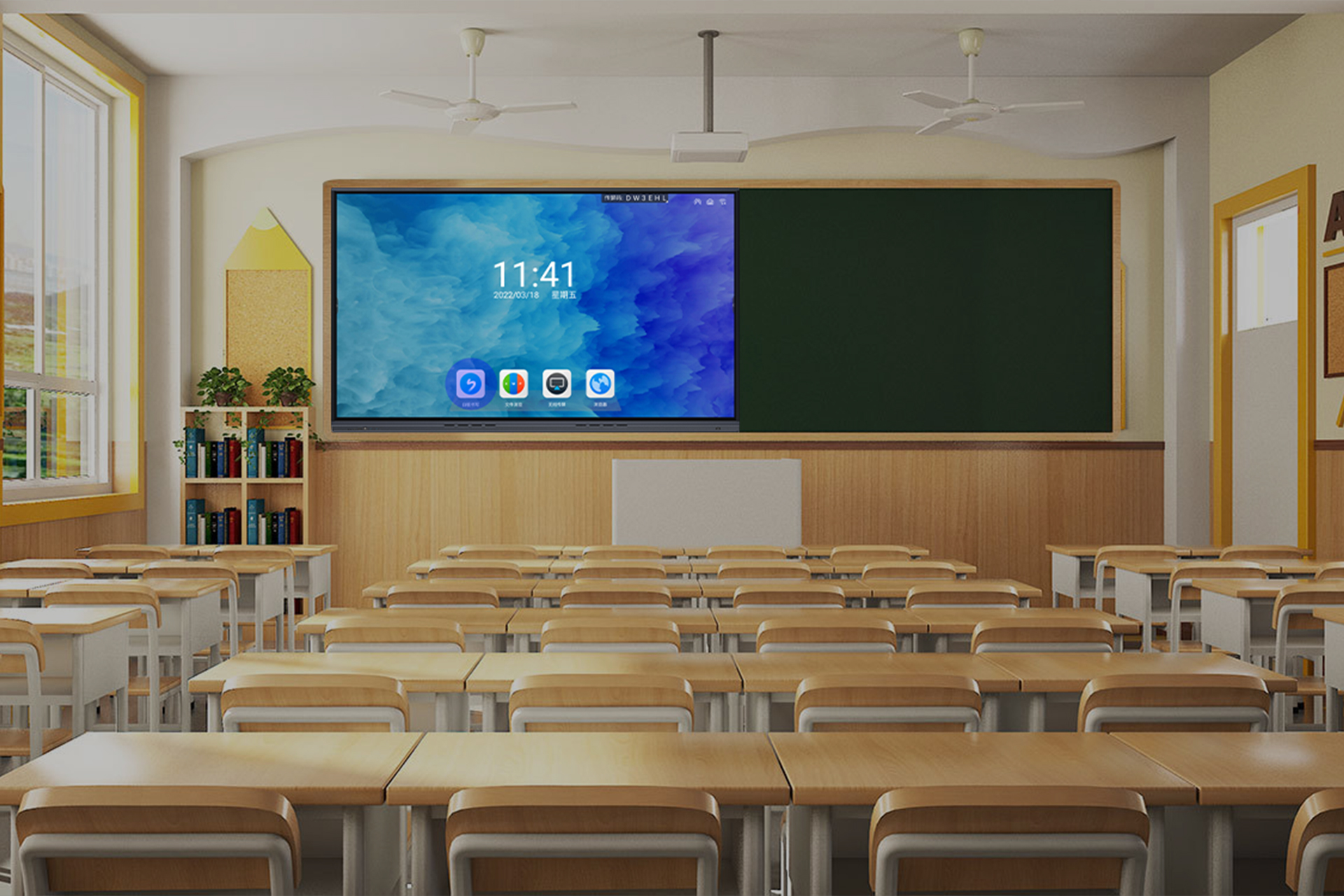
The Future is Interactive: Trends in EdTech
The trajectory for smart classroom technology points towards even greater integration and intelligence. We're seeing trends such as:
- AI-Powered Learning Analytics: Future smart boards may integrate AI to analyze student interactions, providing teachers with insights into learning patterns and areas where students might need additional support.
- Cloud-Based Collaboration: Increased reliance on cloud platforms will enable seamless access to content and collaboration tools from anywhere, extending learning beyond the physical classroom.
- Integration with IoT and VR/AR: The Internet of Things (IoT) will connect various classroom devices for a more cohesive learning environment, while Virtual and Augmented Reality (VR/AR) will offer immersive educational experiences directly through interactive displays.
itc's Role in Empowering Modern Classrooms
Companies like itc are at the forefront of providing robust and intuitive interactive touch screen TVs for schools and the broader smart classroom technology solutions that educators demand. By focusing on user-friendly interfaces, durable hardware, and comprehensive support, itc helps schools harness the full potential of these transformative tools. Their commitment ensures that the board for teaching remains the central pillar of an evolving, engaging, and effective educational experience.
As technology continues to advance, the smart classroom will become the standard, empowering both educators and students to explore new frontiers of knowledge and collaboration. The investment in these intelligent tools is not just about adopting new gadgets; it's about investing in the future of education itself.
